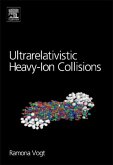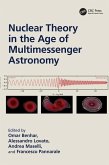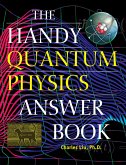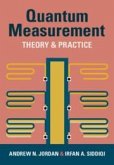"Most of the data that is relevant for particle physics came from collider experiments. The task of particle physicists is to identify the patterns in this raw data, and to organize them in such a way that the principles that explain this variety emerge. The currently accepted theory of organization in particle physics is called the Standard Model (SM), which describes three of the four known fundamental forces and establishes principles of symmetry amongst particles. This book describes the SM as it is understood today, providing readers with a deep understanding of the symmetry principles at play in constructing models of particle physics. It is designed to be used as a textbook, accompanying a one semester course for graduate students. While generally presented as an optional elective, graduate-level courses on particle physics are common to most universities that offer a PhD in Physics. While there are variety of textbook offerings in the space, including our own Elementary Particle Physics in a Nutshell and The Standard Model in a Nutshell, this book is unique in its systematic and pedagogical approach, as well as for its inclusion of cosmological tests, which current texts lack. It also has a unique focus on model-building. Many of the other books on this topic attempt to cover a mix of QFT and the SM. This text focuses squarely on the Standard Model and does not attempt to concurrently teach QFT. Rather, it assumes some prior knowledge (while not requiring mastery of the subject). Lastly, the book will offer a greater number of homework-level practice problems than its counterparts"--
Hinweis: Dieser Artikel kann nur an eine deutsche Lieferadresse ausgeliefert werden.
Hinweis: Dieser Artikel kann nur an eine deutsche Lieferadresse ausgeliefert werden.








